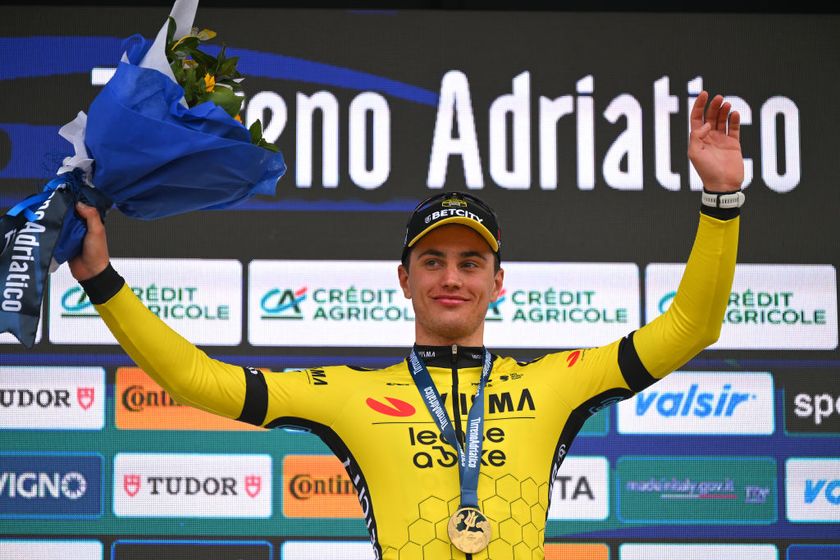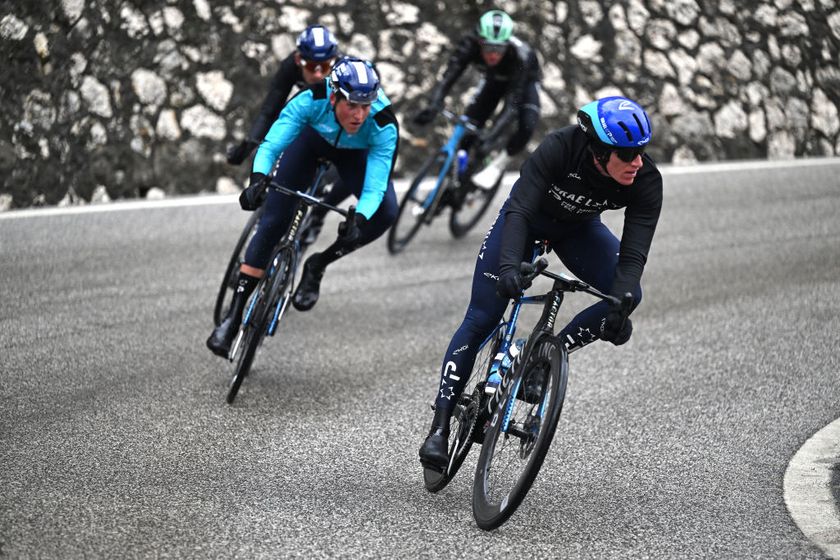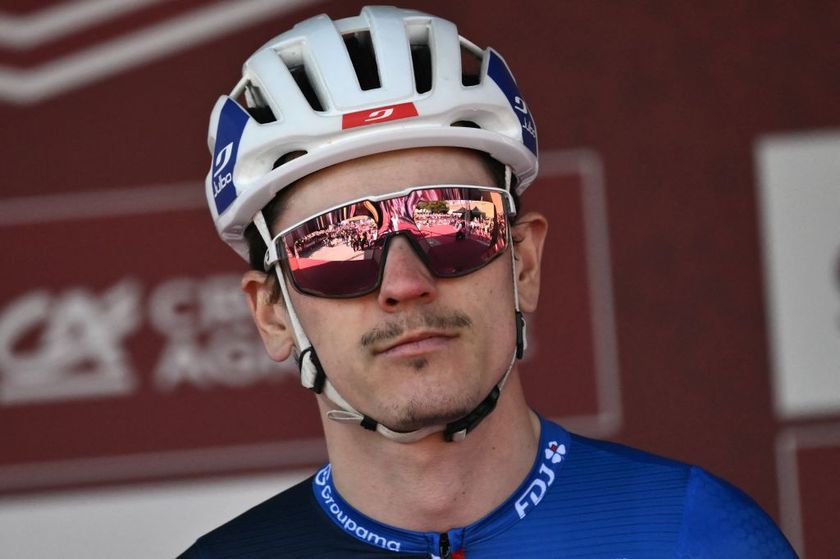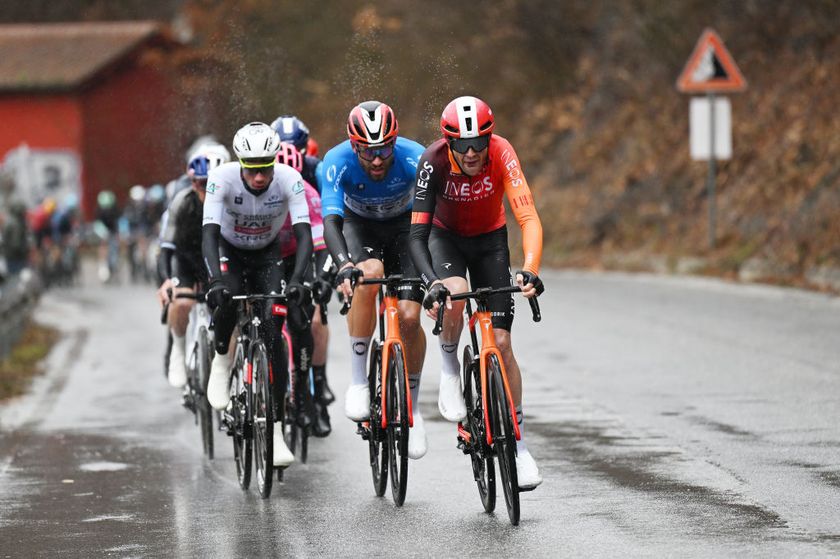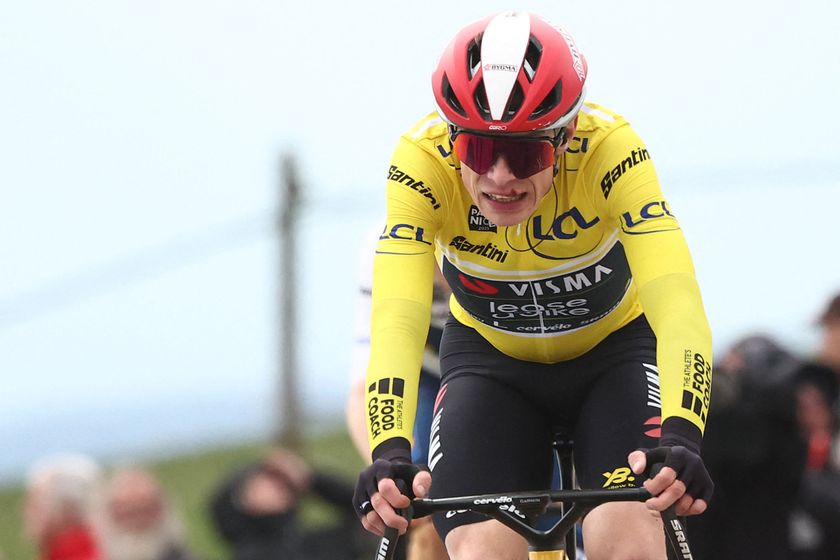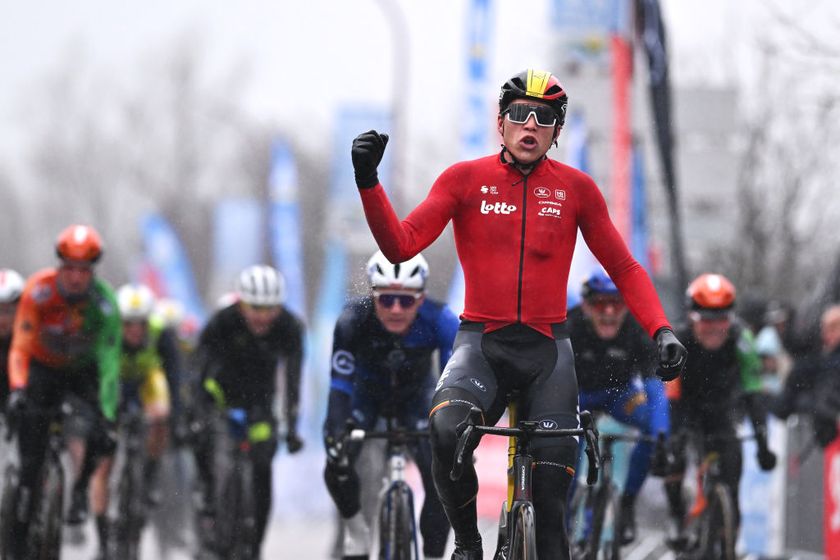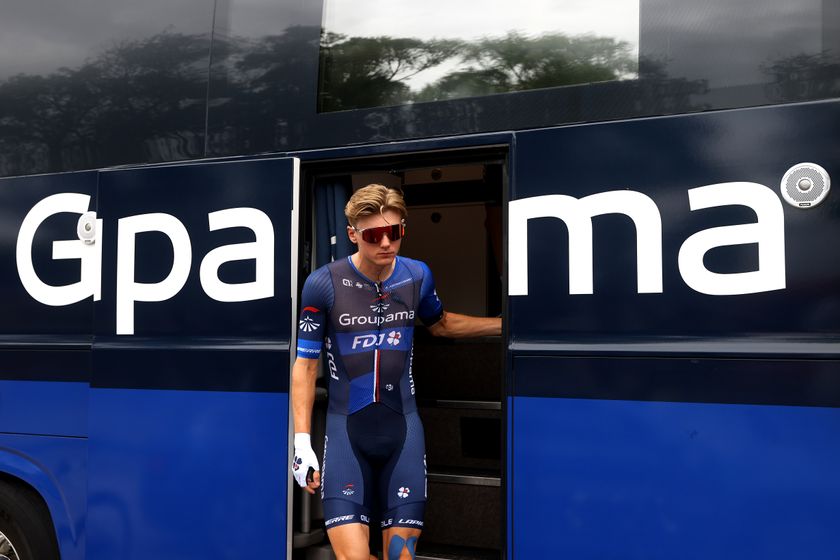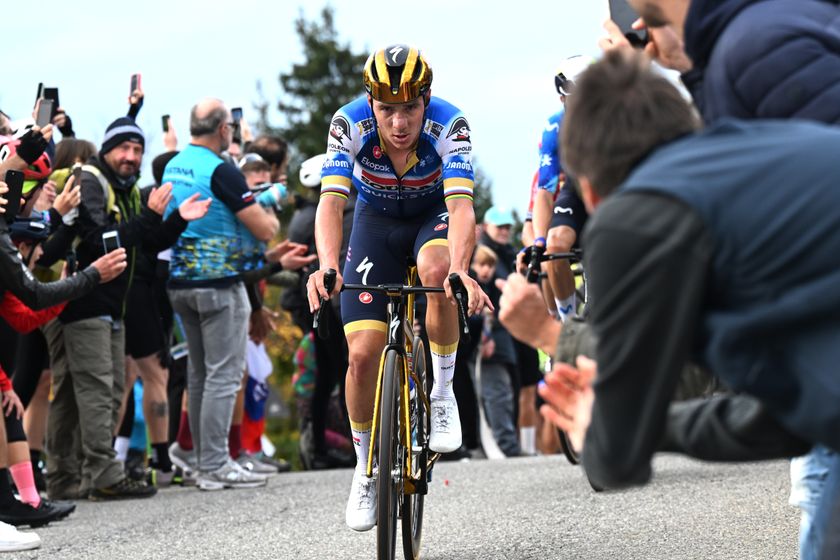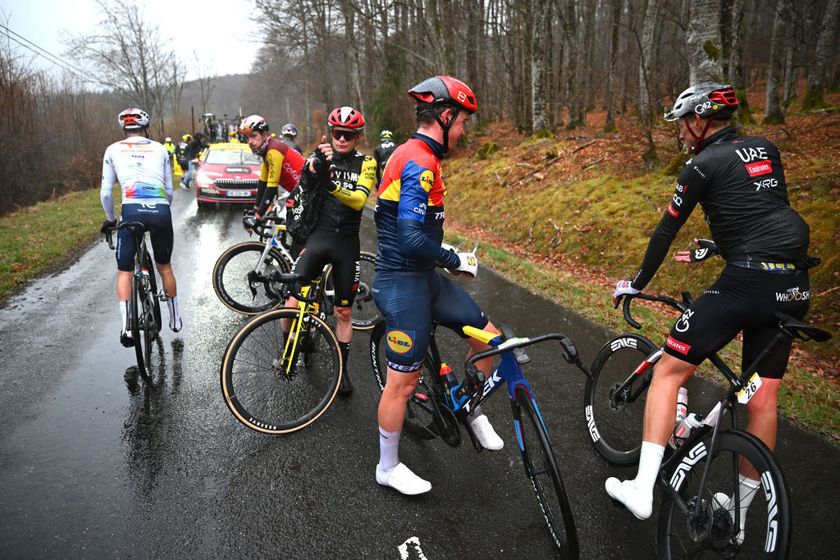Vuelta a Espana: Tricky time trial course could be a game-changer
Cyclingnews recon uncovers a technical course where calculating strength and strategy will be key
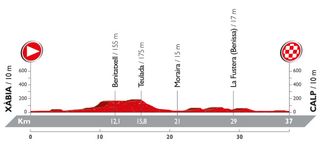
The penultimate big challenge of the 2016 Vuelta a Espana, Friday’s individual time trial course, is anything but straightforward, and has plenty of potential to produce some important time gaps between the favourites.
The route runs largely along coastal roads from two tourist resorts, Xabia to Calp, much of which will be familiar to the teams - particularly Belgian and Dutch ones - that come in large numbers to train in the area over the winter months.
Support for non-Spanish riders is likely to be high. The area is very popular among foreign tourists looking for a late summer tan amidst the high-rises, swimming pools and chalets that are crammed along the coast here, with a high percentage of British, Russian and German visitors.
But for all the area will be familiar to many Vuelta riders, and although there are none of the mountain roads that feature so often in the race, the 37 kilometres between Xabia and Calp are far more challenging than the comparatively benign route profile - with a mere 330 metres of vertical climbing - would suggest.
First off, the strong winds in the area blowing in off the Mediterranean are likely to take their toll, not to mention the very high temperatures and humidity. And that’s even before the damage caused by a time trial route with five very different sections is taken into account.
More on the TT:
- Full start times
- Quintana hoping to continue momentum in time trial
- Contador upbeat for crucial Vuelta time trial test
The first part, running for about four kilometres alongside the beach in the town of Xabia, is relentlessly flat, mostly straight, and is likely to favour the specialist time triallists. But then after taking a right-hander and weaving its way inland, the road begins - almost imperceptibly - to climb.
Get The Leadout Newsletter
The latest race content, interviews, features, reviews and expert buying guides, direct to your inbox!
For about six kilometres, the second part of the time trial is a gentle but steady rise to around 150 metres above sea level. It’s nothing too challenging - three or four per cent at most - although the last 500 metres up to the highest point of the village of Benitxell are a relentless, steeper grind.
For the next five kilometres the well-surfaced and wide road swoops and dips and then swoops and dips some more, without ever really kicking into a descent. Instead, as the course passes sign after sign for English-speaking restaurants and shops and well-appointed chalets, what Sky boss Dave Brailsford calls ‘pace management’ - calculating effort, in this case a road constantly changing direction, and with more than its fair share of roundabouts and other road traffic - will become crucial.
This kind of ultra-technical course continues as the time trial passes its half-way point after a longer downhill section. With the sea glittering on the left and Calpe’s rocky promontory looming in the distance, the road narrows and continues to twist and turn along the Meditteranean coastline for kilometre after kilometre. There’s even a section where the publicity barriers are in the middle of the road, narrowing down the course to a single, undulating lane of pain. Finding the most efficient pace is going to be even trickier than on the previous section, particularly if the wind kicks in.
Finally, with about six kilometres to go, the TT route reaches the centre of Calp, and reverts to much flatter roads, this time along broad boulevards. Barring one big U-turn with about two kilometres to go, and a nasty little rise and chicane in the final kilometre, the technical obstacles are fairly limited in this part and the power riders will once again be in their element.
Overall, though, the course is anything but straightforward, and although with about as much climbing as last year’s third-week 38.7 kilometre time trial in Burgos, it could be much more difficult to calculate strength and strategy. Coming at the end of a very difficult Vuelta, this could be a real game-changer.
Alasdair Fotheringham has been reporting on cycling since 1991. He has covered every Tour de France since 1992 bar one, as well as numerous other bike races of all shapes and sizes, ranging from the Olympic Games in 2008 to the now sadly defunct Subida a Urkiola hill climb in Spain. As well as working for Cyclingnews, he has also written for The Independent, The Guardian, ProCycling, The Express and Reuters.

